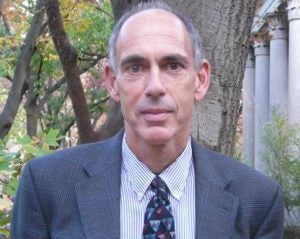
Preface:
Modern probability theory has its roots in, well, gambling. In the eighteenth century, nobles checked in with the great mathematicians of the era to get some help in the games of dice and cards that they were playing with their fellow peers. The root of the word “statistics” is the roof of of the word “state”: Statistics has always been associated with the problem of gathering information for appropriate governance of states, especially the nation-states that emerged in the eighteenth and nineteenth centuries. Of course, you would never know this from the average mathematics curriculum, which involves, rightfully, the drilling of students in basic concepts and skills in mathematics. But it can be fun to step outside the routine of mathematics instruction, and that is what we did, in a lively, entertaining seminar that was, in the event, led by a non-mathematician.
We started with ideas of probability and statistics dating back to ancient times (e.g., the vexing problem of the”best” voting system) and made our way to the present (e.g., how do you draw a useful sample for a marketing study?). As a practicing social scientist, I can say that I was ever impressed with the quick mathematical minds of my seminar members, and especially by their commitment to their work. This is fun stuff for us to teacher; but it is not always the first thing that students want to learn; so a lot of perseverance, empathy, and imagination is required.
The units that various seminar members have put together display all of these traits. Many of the ideas have been tested already in the classroom. There was a lot of “give-and-take” as folks worked toward their final units: “What is the goal here?” “Can students really be expected to do that?” I confess that I may have sometimes set the bar too low; my seminar members wanted greater leaps and, in the end, demonstrated to me that great things can and should be expected of their students. And they did this in a way that created curricula that stimulated both themselves and their peers.
| Unit Title | Author | |
|---|---|---|
2006 | ||
| James Bloomquist | ||
|
|
||
| Liliana Ciobanu | ||
|
|
||
| Shuang-Ching Su | ||
|
|
||
| Krishan L Wadhwa | ||
|
|
||